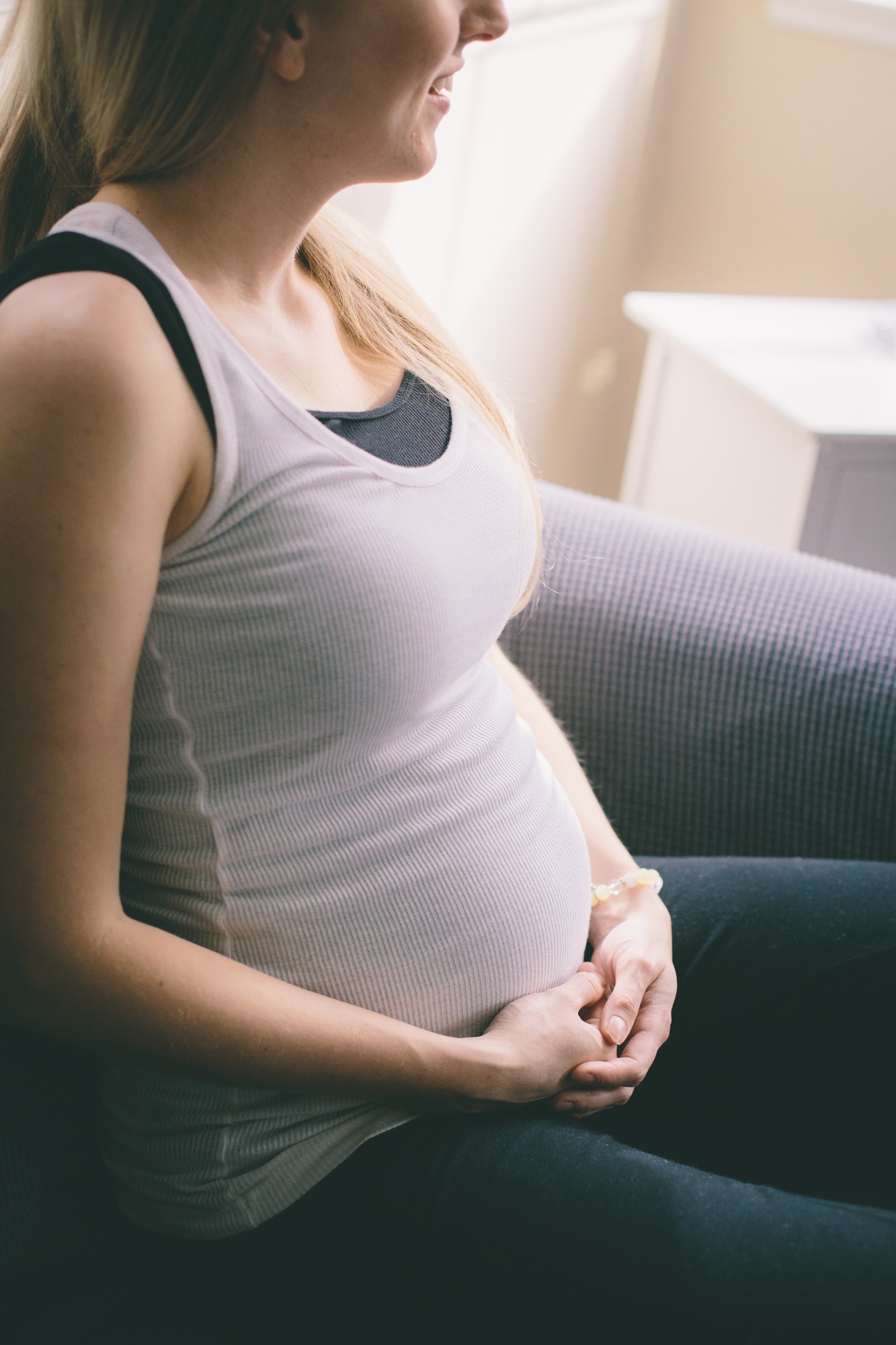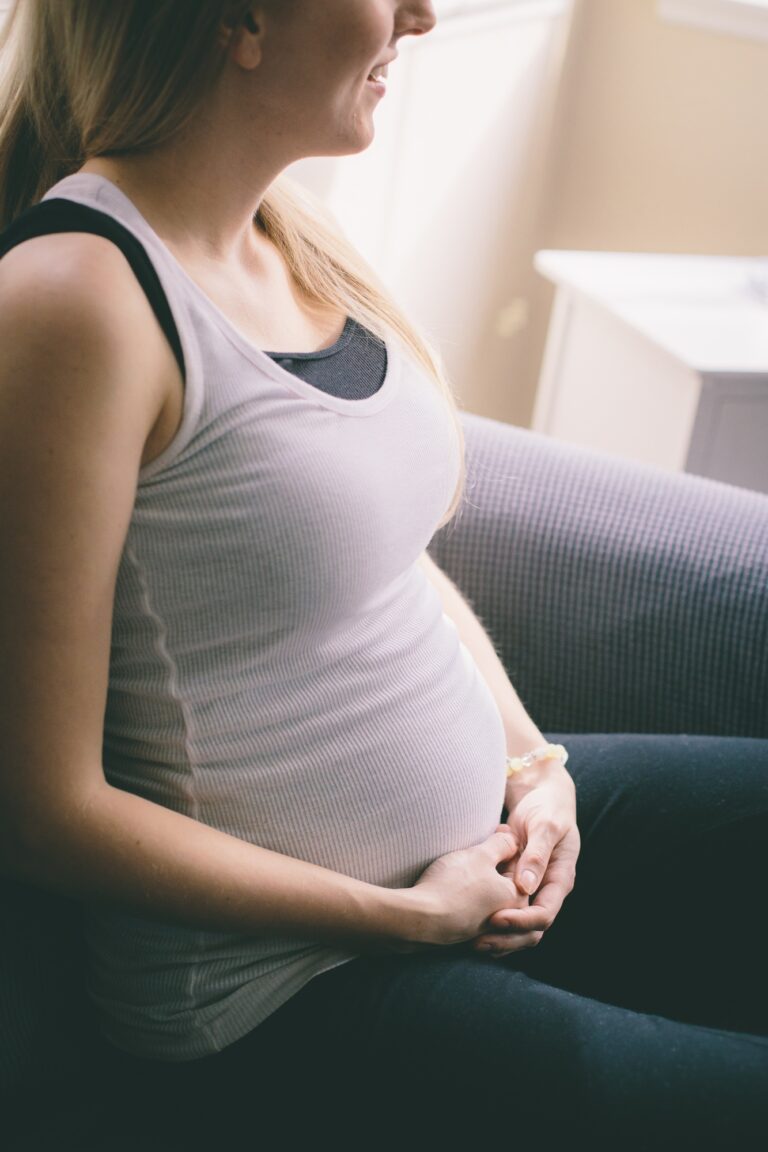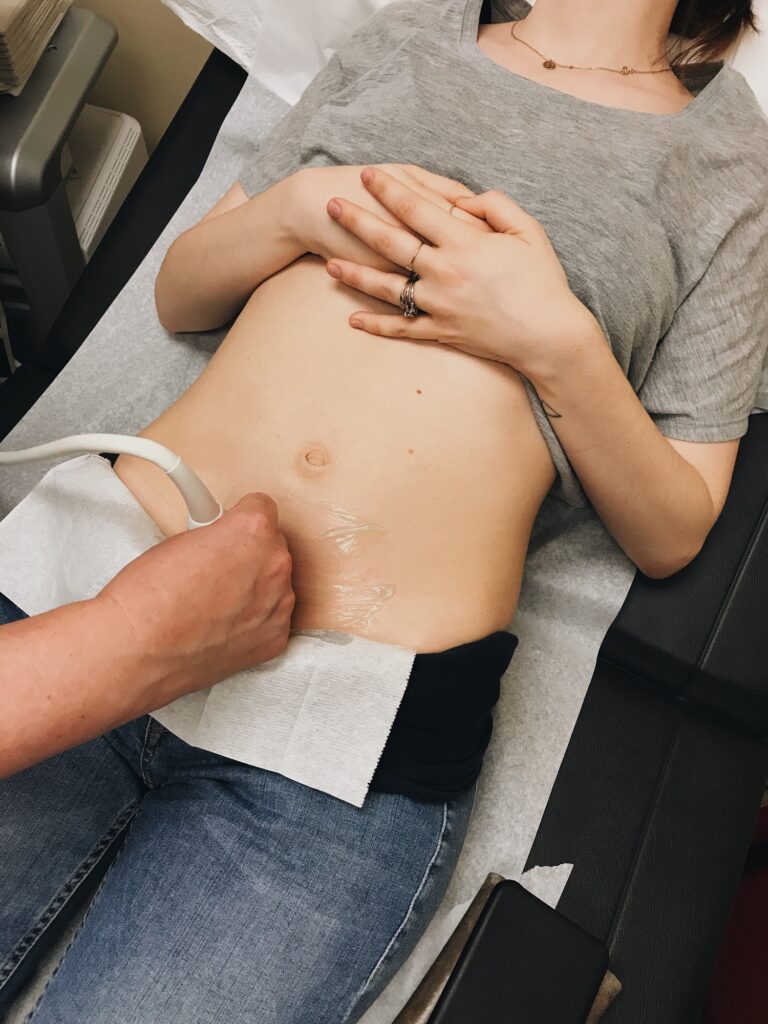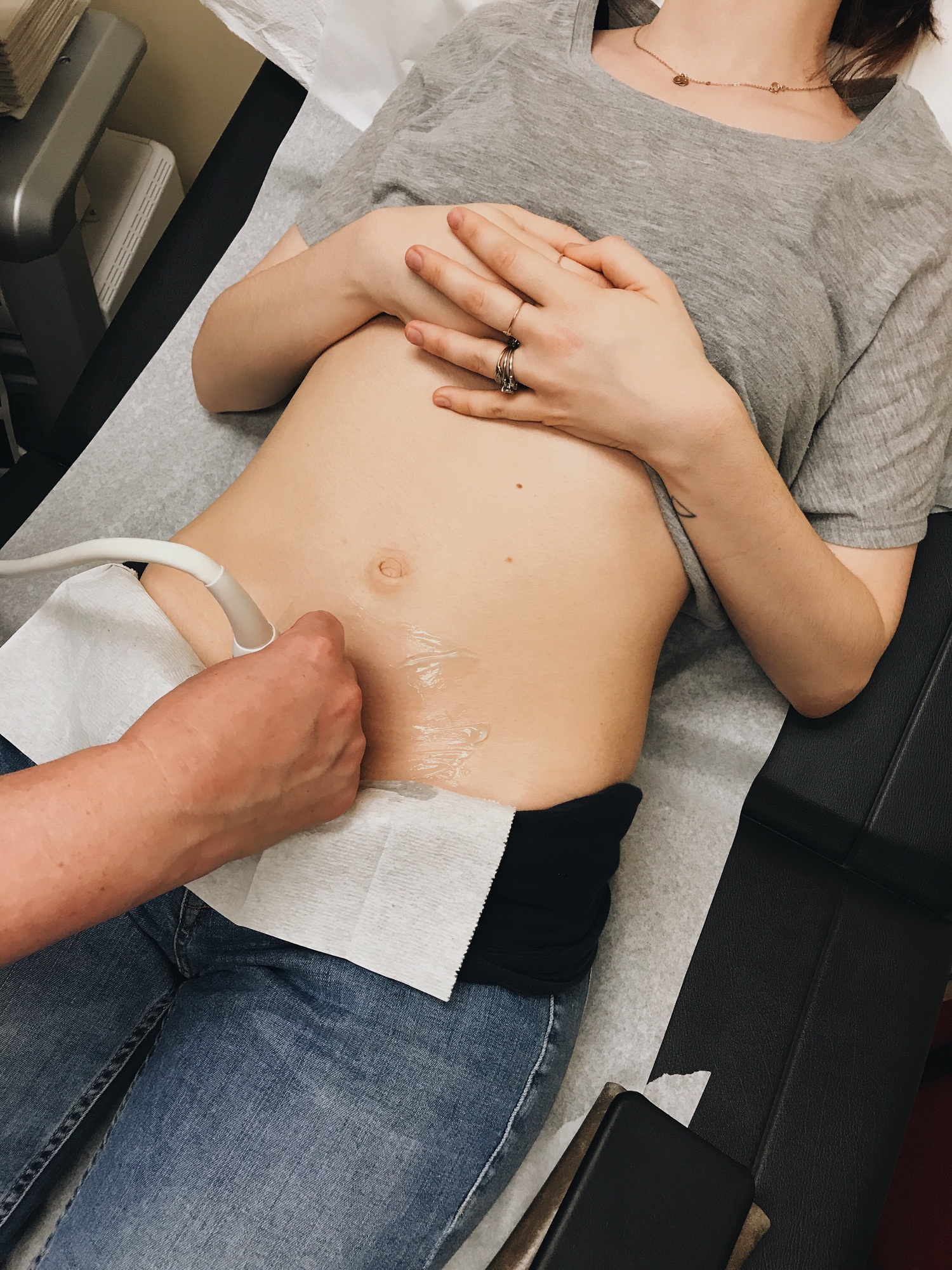Welcome to the “golden period” of pregnancy! The second trimester (weeks 13-28) brings exciting milestones—like feeling your baby’s first kicks—and often provides relief from early pregnancy symptoms.
While many women feel more energetic during this phase, new changes arise as your baby grows rapidly. This guide covers fetal development, body changes, and how to stay comfortable as your pregnancy progresses.
Baby’s Development in the Second Trimester
Weeks 13-16: Rapid Growth & Movement
- Baby’s facial features become more defined.
- Tiny bones harden, and muscles start working (though kicks may not be felt yet).
- Gender may be detectable via ultrasound around 16-20 weeks.
Weeks 17-20: First Flutters & Sensory Development
- Quickening (first fetal movements) often occurs between 18-22 weeks.
- Baby develops hearing—may react to loud noises or your voice.
- Vernix (protective coating) forms on the skin.
Weeks 21-28: Viability & Active Baby
- By 24 weeks, the baby reaches the age of viability (could survive outside the womb with medical help).
- Lungs continue maturing while baby practices breathing movements.
- Regular sleep/wake cycles develop—you’ll notice patterns in movement.
Changes in Your Body
Physical Symptoms
✔ Growing belly & weight gain (about 1 pound per week is typical)
✔ Round ligament pain (sharp aches near hips as uterus expands)
✔ Glowing skin & thicker hair (thanks to hormones)
✔ Nasal congestion or nosebleeds (increased blood flow)
Emotional Shifts
- Many women feel less anxious than in the first trimester.
- Nesting instincts may kick in—urge to organize and prepare for baby.
Common Second Trimester Symptoms & Solutions
1. Back Pain & Posture Changes
- Relief tips: Prenatal yoga, supportive belly bands, and sleeping on your side with a pillow between your knees.
2. Leg Cramps & Swelling
- Prevention: Stay hydrated, stretch calves before bed, and elevate feet when possible.
3. Heartburn & Indigestion
- Helpful habits: Eat smaller meals, avoid spicy/greasy foods, and sleep propped up.
4. Braxton Hicks Contractions
- These “practice” contractions are normal but should be irregular and painless.
- Call your doctor if they become frequent or painful (could signal preterm labor).
Medical Checkpoints & Tests
Anatomy Scan (18-22 Weeks)
- Detailed ultrasound checks baby’s organs, growth, and placenta position.
- Opportunity to learn the sex if you choose!
Glucose Screening (24-28 Weeks)
- Tests for gestational diabetes—drink a sugary solution and have blood drawn.
Other Possible Tests
- Rh factor screening (if you’re Rh-negative, you may need a shot to prevent complications).
- Iron levels checked (to screen for anemia).
Lifestyle & Self-Care Tips
Nutrition Needs
- Focus on iron-rich foods (spinach, lean meats) and calcium (dairy, fortified plant milks).
- Continue prenatal vitamins with DHA for baby’s brain development.
Safe Exercise Ideas
- Walking, swimming, and prenatal Pilates help with stamina and comfort.
- Avoid activities with fall risks (skiing, horseback riding).
Preparing for Baby
- Start researching childcare options if needed.
- Begin budgeting for maternity leave and baby essentials.
When to Call Your Doctor
⚠ Warning Signs Not to Ignore:
- Severe abdominal pain
- Heavy bleeding or fluid leakage
- Sudden swelling in hands/face (could indicate preeclampsia)
- Decreased fetal movement after 24 weeks
Looking Ahead to the Third Trimester
The second trimester often flies by! As you approach week 28, you’ll start preparing for:
- More frequent prenatal visits
- Birth planning (hospital bag, labor preferences)
- Possible third trimester fatigue returning
The second trimester is often the most enjoyable phase of pregnancy—less nausea, visible baby bumps, and those magical first kicks. While new discomforts arise, they’re manageable with the right care.
Enjoy this special time, document your growing belly, and take things one week at a time. Before you know it, you’ll be in the home stretch! By understanding these second trimester changes, you can focus on staying healthy and bonding with your baby. Every pregnancy is unique, so always consult your healthcare provider about concerns. Congratulations on reaching this exciting milestone!








